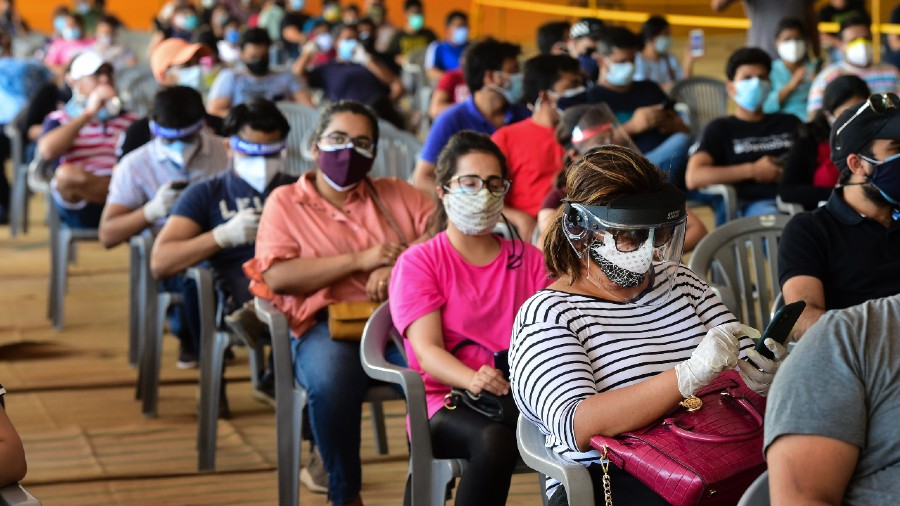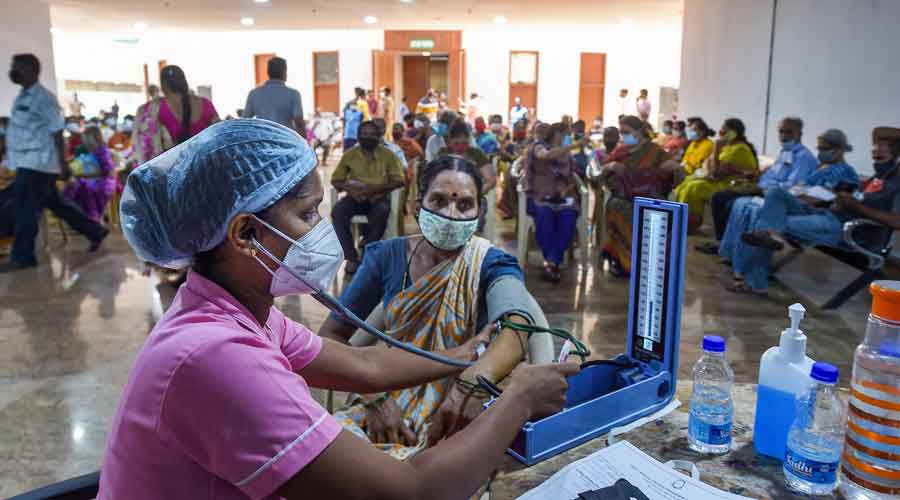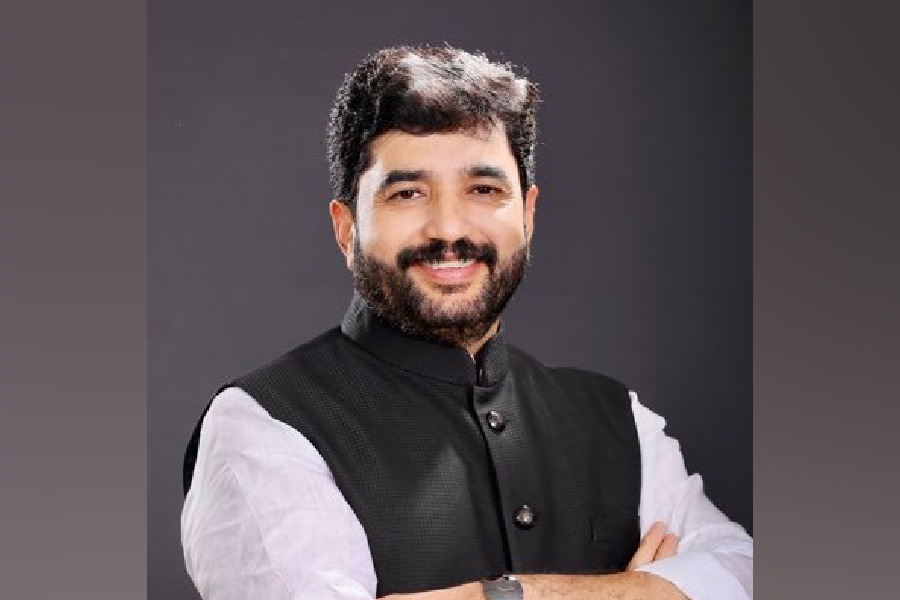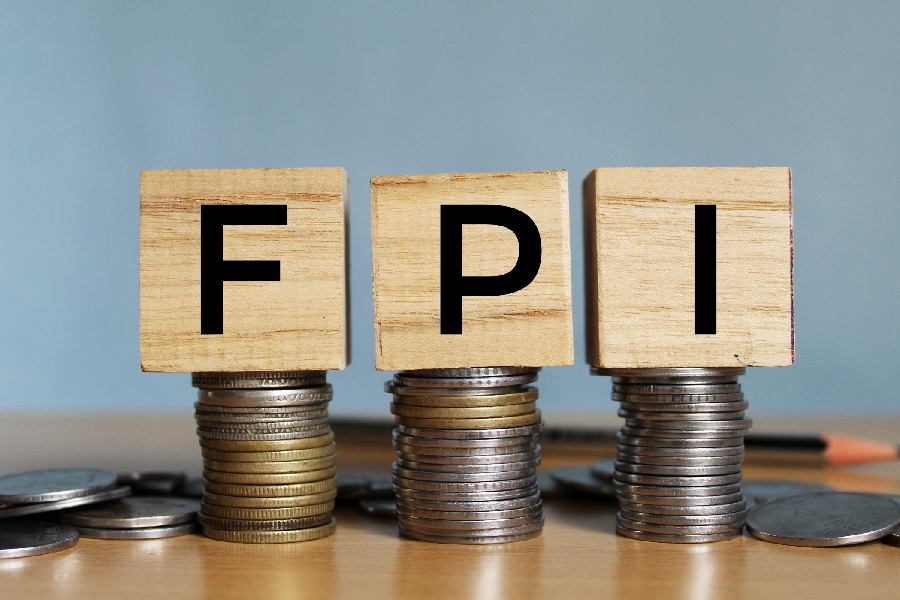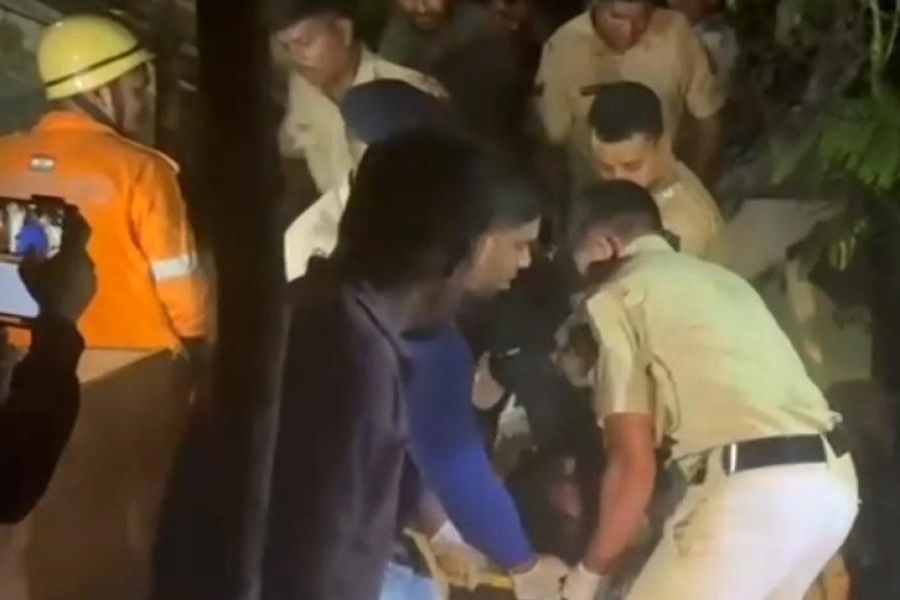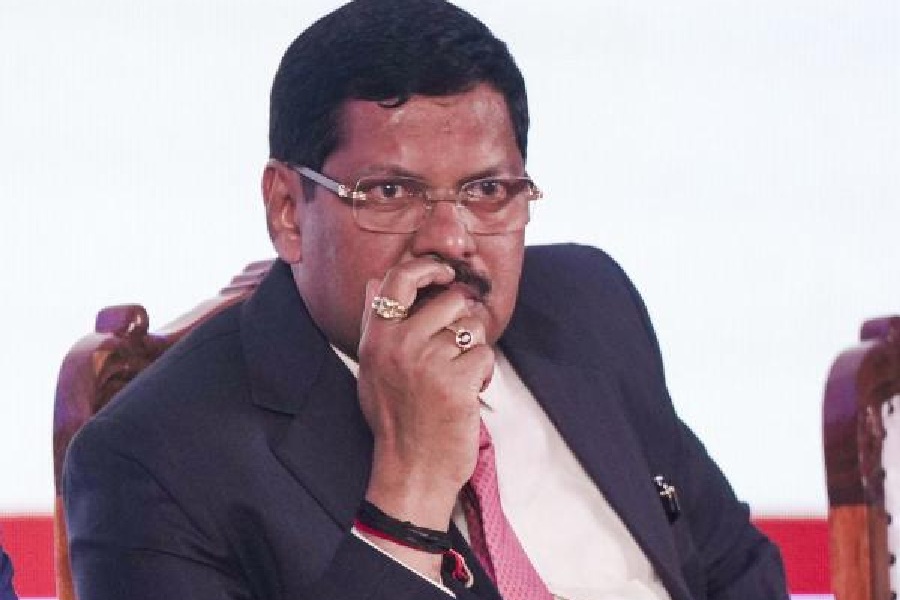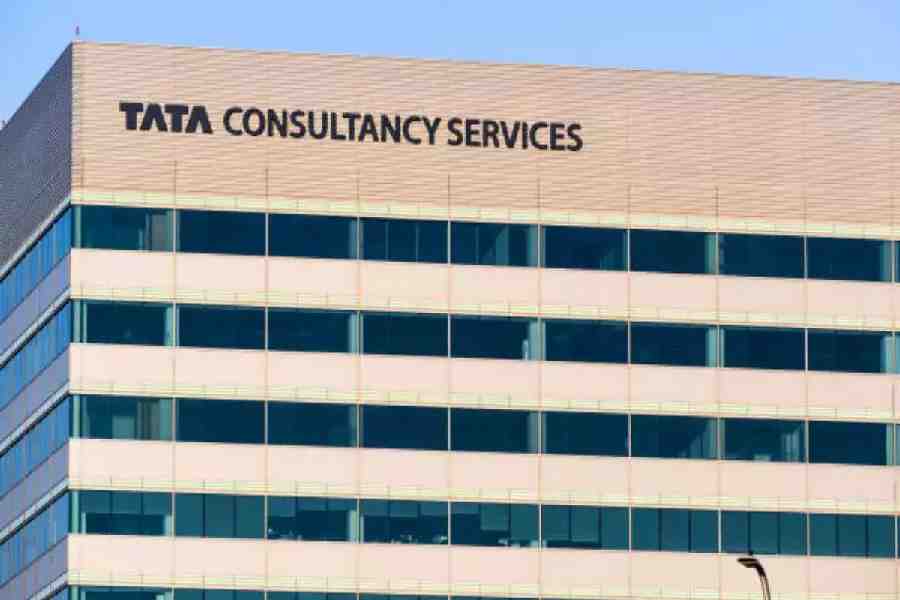This fight against Covid-19 is admittedly the most unprecedented and unpredictable battle that the human race has ever fought against a common enemy; it is not only invisible but also frustratingly elusive. That is why the strategy adopted to fight this virus is more important than the weapons we deploy against it.
Until now we have failed to find a single drug or therapeutic tool that will effectively kill this virus within the human body. All drugs and clinical tools that are being used are essentially being repurposed. This implies that they were already in use to treat other ailments or viral diseases and none of them has been pre-tested or incontrovertibly been proven to work on this virus, particularly its evolving variants.
The only viable option left to us to counter this virus are the vaccines. However, vaccines are essentially used to help build a fortress or defence mechanism within the body against viruses. They are not real-time therapeutic agents, and therefore they need to be administered long before an anticipated attack by a virus.
That is why embarking on an aggressive vaccination programme amidst a raging pandemic is somewhat like starting to build a fortress after sighting an approaching enemy. This strategy may well be a recipe for defeat. We may end up developing incomplete or no resistance to the virus at a point when the virus actually invades. This becomes even more relevant when the virus is constantly changing its looks and pattern of virulence through rapid mutations. This has baffled and evaded our immunological defence. Therefore, believing that a vaccine will always come with an assurance of immunity is not necessarily true.
It appears that many people are developing a false sense of immunity just after getting their first shot. They are shunning social distancing and masking up; this will promote more infections and imperil communities.
Some people are also claiming that vaccination is the only way to accomplish herd immunity against this virus. These people are most likely unaware of the modus operandi of fast mutating RNA viruses such as the novel coronavirus, which can potentially evolve means to evade a manmade vaccine faster than we can develop or modify them. Which means rushing for these shots to hospitals and clinics in panic mode in the belief that one would become immune to the virus and its multiple variants almost overnight may not be prudent, especially when there are too many people moving around and spreading the infection right now.
Notably, one may not even develop the desired immune defence against the nasty variants of this virus even after months of getting the second shot of the vaccine.
As all the vaccines developed against the novel coronavirus are still under emergency use and their efficacy against the multifarious variants or mutants of the virus pervading in our country is still not known. It is, therefore, prudent not to nurse any complacency over complete immunity post the administration of the vaccine. The truth is that a large number of people are infected by mutants even after both the doses of the vaccine.
The other thing to note is that individuals infected by the virus are also getting re-infected because of their apparent failure to accomplish natural immunity from the primary infection. Thus, accomplishing herd immunity against this fiercely mutating vi-rus either through natural immunity or immunisation certainly looks more challenging than earlier perceived.
The most viable way to get rid of this virus, for the time being, would be to eliminate it through isolation and not wait to destroy it within our body; it will perhaps take a long time for us to figure out how to effectively accomplish this task.
Strategically, the ideal time to vaccinate communities is when the infection rate is low. Why? First, because the virus is relatively inactive during such a phase leaving most recipients of the vaccine uninfected. Second, because people coming out to get vaccinated have a lesser probability of getting infected during such an exercise.
India’s infection scenario in terms of the infection rate dipped to impressively low values around the end of December 2020 and remained so until the end of March this year. This means that we had almost three months to protect ourselves from a second wave through vaccination — enough time to get the majority of our population vaccinated given our established infrastructure for carrying out the largest vaccination programmes in the world.
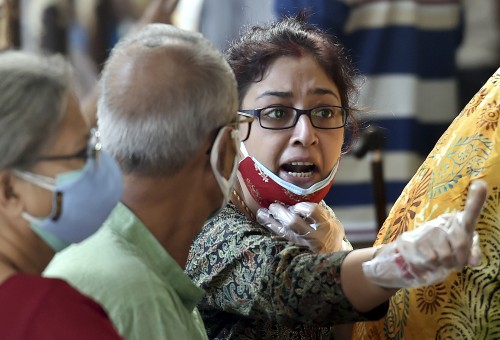
A beneficiary reacts after a long wait as others wait in a queue to receive a dose of Covid-19 vaccine, at a hospital in Kolkata PTI
We were let down during this period. We managed to administer the first dose of the vaccine to around six crore citizens who comprise a mere 4 per cent of our total population. Given our mammoth population size, this coverage was of virtually no use for stopping the virus from spreading even if the vaccine worked.
It is baffling why instead of boosting our vaccine development and procurement capability we indulged in “vaccine diplomacy”, exporting as many as 66 million vaccine units to other countries at a time when India itself was in dire need of such preventives. Also, no visible efforts were taken to import the widely used and successful vaccines from Pfizer, Moderna or Johnson & Johnson. The current crisis of vaccines in India was entirely avoidable. We probably never had a well-planned vaccination rollout and administration policy in place to ensure that most citizens are protected against the virus before the arrival of the second wave.
The current vaccine crisis has serious implications for the population; we may well witness an escalation with over 40 per cent of our population in the age group of 18-45 years seeking the vaccine right now. As a priority, healthcare workers, frontline workers, people with comorbidities and senior citizens who have had their first shot need to get their second shot on time. This is extremely important not only because the first shot doesn’t generate enough immunity to combat the rapidly multiplying virus, but failing to get the second shot on time may also lead to gradual loss of the relatively low levels of antibodies generated against the virus. Moreover, it may affect the cellular immunity necessary for registering sustainable immunological memory through the first shot. This is an essential prerequisite for boosting our immunity to levels required for effectively neutralising the virus through the second shot.
Moreover, if such second shot-deprived individuals get infected, particularly by the more virulent variants now riding the second wave, it may also allow the virus to evade the humble immune defence generated by the vaccine to transform into more resistant strains capable of stronger immune evasion. It may not only become challenging to counter such strains with similar vaccines in the future but also they may develop the potential to trigger fresh waves of infection.
While it is important to vaccinate people, calling out the sizable population of our youth for vaccination when the virus is all-pervasive may also generate fresh risks of infection for a large number of such young men and women who are now vulnerable to rogue strains. In fact, crowd vaccination needs to be executed with utmost care, ensuring social distancing backed by adequate vaccine supply. Unfortunately, none of this seems to have been paid heed to.
One of the most overlooked exercises that our hallowed scientific advisers have failed to mobilise the government to act on is the early characterisation of the numerous mutants or variants of the virus through extensive genome sequencing. This would have helped us immensely not only in figuring out how many versions of the virus are operating right now but also in determining their source and virulence potential. In addition, that would have made for effective contact tracing. Unfortunately, we didn’t take this exercise seriously enough at a time when it was most needed.
Today, we don’t have any idea of the number of variants of the virus and their relative potential to infect or kill. Unfortunately, our health regulatory bodies continued to either sit on or delay necessary research efforts on the virus. Assessing vaccine efficacy against the evolving variants of the virus would be quite difficult without such research data and may also adversely affect the prospects of the ongoing vaccination programme.
So vaccines or no vaccines, the only way to end this pandemic is to stay away from this virus since the more we confront or invite it, the more we lose precious lives and also provide it with an opportunity to mutate to increasingly unmanageable forms. We need to stay indoors and continue to protect and disinfect ourselves whenever we encounter the outside world. We survive this or perish together; victory is impossible until every citizen participates and complies. There clearly is no other choice.
The writer is professor and head of the department of biotechnology at the Guha Centre for Genetic Engineering & Biotechnology, University of Calcutta

